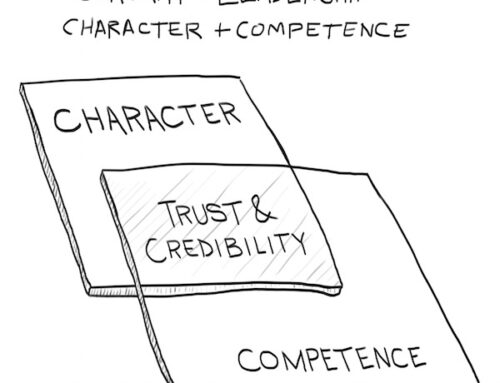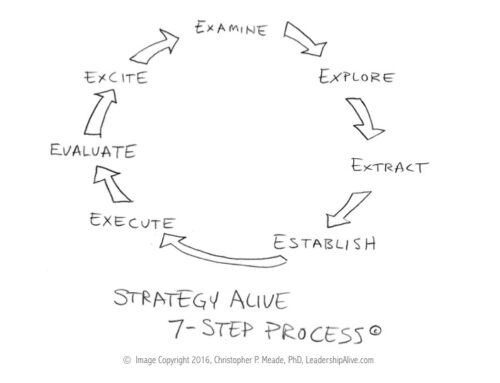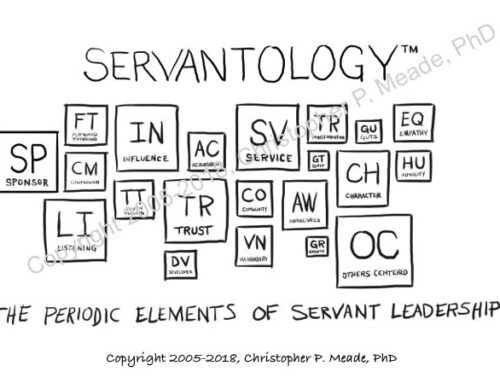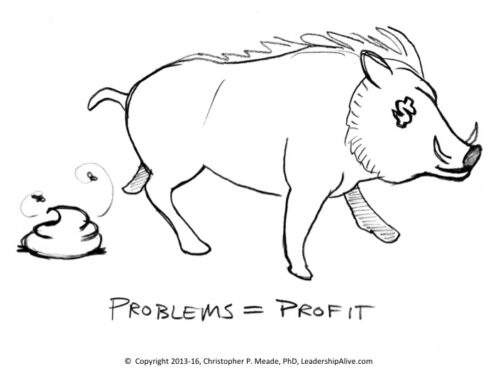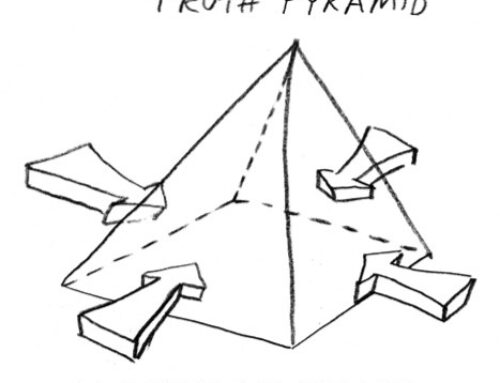Problem-Solving: Lessons From Pac-Man and Harry Houdini
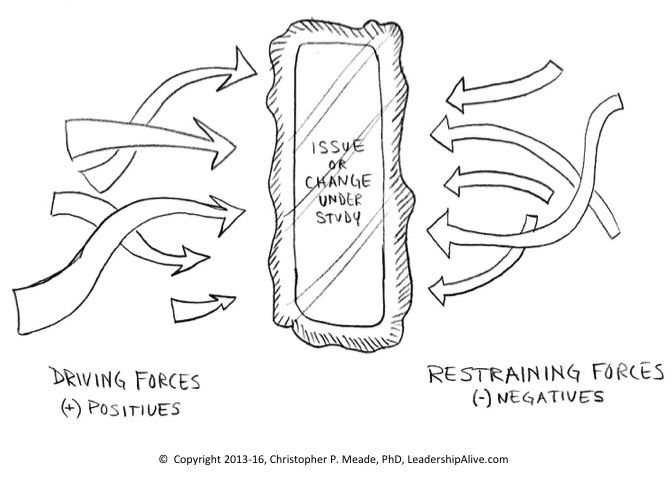
Lesson From Pac-Man
It was in the 1980s that the immensely popular video arcade game Pac- Man hit the market. Constantly being chased by his enemies Blinky, Pinky, Inky, and Clyde, Pac-Man tried to elude his captors while moving endlessly through the maze eating pac-dots. His reward for successfully eating all of the pellets, was being promoted to the next level to start the process all over again!
Increase Our Value-Add
As leaders, when we get good at solving problems, our reward is that we get to handle bigger problems…and more of them. I’ve often thought that senior leaders could reduce their job description to a couple lines on their LinkedIn account, and one of those lines would be “solving problems all day long.” We increase our value-add to an organization or team when we become effective problem solvers.
Problems Are The Breakfast of Leaders
One distinction I want to make though is if we keep having the same problem year after year. Now that’s a problem! Sometimes I feel like Pac-Man, but instead of eating pac-dots, I encounter an endless supply of reoccurring problems in my path (and hopefully not the same one). If Wheaties is the “breakfast of champions,” then as Henry Cloud says, “Problems are the breakfast of leaders.” And if problems are connected to adding value, and if problem solving is a part of the daily regimen of every growing leader, then learning how to become a creative problem-solver is a worthy goal to pursue. One of the ways to get better is to see problems correctly.
Drowning Versus Swimming In Deep Water
James Baldwin said, “We stand as witnesses that swimming in deep water and drowning are not the same thing.” Although that’s true, at times they can feel the same. I learned to swim as a kid at a neighborhood pool during summer break. I also learned to tread water by being thrown into the deep end and told to paddle and kick for two minutes! The lifeguard (that’s what he called himself) would slap your hands away from the side of the pool if you got tired and tried to rest on the ledge. I still remember those two long minutes. I thought I was going to drown. The good news is that I survived and learned two important lessons: (1) I can tread water better and longer than most people care to ever learn, and (2) There’s a difference between swimming in high water versus water that actually takes you all the way under. This lesson applies outside the swimming pool as well. I know there are times that all of us have felt like the waters of life are going to wash over us, pull us down, and snuff us out. In those times, we must reframe our perspective. Don’t be afraid of problems or of making mistakes. Both are part of life.
Reframing Problems As Opportunities
Like most things in life, how we see something affects how we interact with it. Learning how to see problems through the correct lens is very helpful…and strategic. As we reframe problems into opportunities, we position ourselves, in a very real way, to not only ask the right questions, but to generate creative solutions that we never dreamed possible. Creative problem-solving is a skill-set that will be in high demand in the coming years as we operate in a workplace that is ever changing.
Most All Problems Are Solvable
One of the secrets regarding effective problem-solving is to never think that a problem can’t be solved. Sometimes when we can’t generate solutions to our problems, it could be because we haven’t found the right person to help us yet. It could be that we are too emotionally involved to see the problem objectively. It could be that we’ve made up our minds that this problem will not be solved. The danger in framing problems like this is that once our minds are locked and closed, even if something did open up, we’d miss it, because we weren’t looking for it.
Harry Houdini
I love the story of Harry Houdini, the great stunt performer, magician, and escape artist of the early 1900s. He was known as one of the greatest tricksters and lock-pickers of his day. He could crack his way out of anything. Once he accepted a challenge to pry his way out of a locked prison cell that was designed by one of the most notable security companies of the day. With the clock ticking, Houdini pulled out his tiny instruments and began picking away. Soon, he became frustrated. Finally, soaked in perspiration, Houdini declared, “This lock can’t be picked!” He quit. Exhausted, Houdini leaned up against the cell door, and surprisingly it swung open. They had tricked him! Houdini was actually put in a cell that was already open. He was set up. The cell was never locked. Houdini tried to open something that was already open. But because it was locked in Houdini’s mind, he couldn’t open it.
Opportunities In The Making
The same is true for us as well. When we lock things down inside, give up trying to solve something, and say it’s impossible even if it is open, we won’t see the open door because we’re not looking for it. Let me encourage you: define your problems accurately. See them as opportunities in the making. Even though the waves are high and at times, you feel like you are in over your head, you will not drown! You will make it over to the other side and sometimes the way over is through. Believe that your problem can be solved because believing often helps us see. It’s important not to “lock out your mind” and stop looking for answers that might not be that far from your reach. And for all you know, the door might already be open and just needs you to push against it in a new way.

